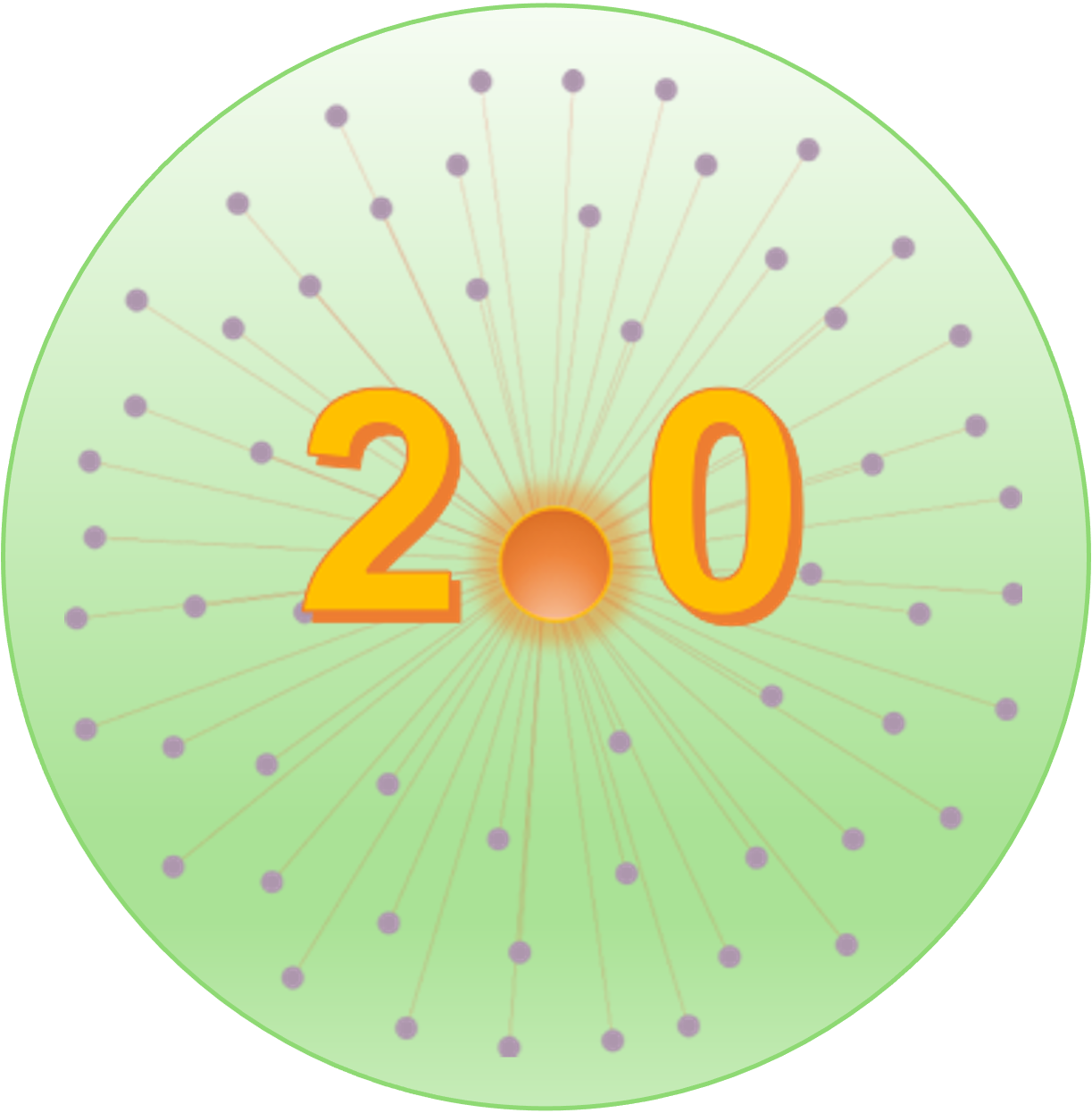Publications
-
Chang, L. and Xia, J. (2022)
MicroRNA Regulatory Network Analysis Using miRNet 2.0
Transcription Factor Regulatory Networks, 185-204. Humana Press, New York, NY
-
Chang, L., Zhou, G., Soufan, O. and Xia, J. (2020)
miRNet 2.0 - network-based visual analytics for miRNA functional analysis and systems biology.
Nucl. Acids Res. (doi: 10.1093/nar/gkaa467)
-
Fan, Y., Habib, M. and Xia, J. (2018)
Xeno-miRNet: a comprehensive database and analytics platform to explore xeno-miRNAs and their potential targets
PeerJ 6:e5650
-
Fan Y. and Xia, J. (2018)
miRNet: functional analysis and visual exploration of miRNA-target interactions in a network context
Computational Cell Biology. Humana Press, New York, NY
-
Fan Y, Siklenka, K., Arora, SK., Ribeiro, P., Kimmins, S. and Xia, J. (2016)
miRNet - dissecting miRNA-target interactions and functional associations through network-based visual analysis.
Nucl. Acids Res. 44 W135–141
|
|
Key Features
-
Support for various inputs & statistics: miRNet accepts a list of miRNAs, miR-SNPs, genes, transcription
factors, small molecules, ncRNAs, diseases, epigenetic modifers, any of their combinations
or a data table from microarray, RNAseq or
RT-qPCR experiments. miRNet supports differential analysis using limma,
edgeR and HTqPCR methods; enrichment analysis using standard
hypergeometric tests and unbiased random sampling.
-
Comprehensive functional annotation: miRNet integrates data from 14 different
miRNA databases -
TarBase,
miRTarBase,
miRecords,
miRanda (S mansoni only),
miR2Disease,
HMDD,
PhenomiR,
SM2miR,
PharmacomiR,
EpimiR,
starBase,
TransmiR,
ADmiRE, and
TAM 2.0.
It currently supports
Human,
Mouse,
Rat,
Cattle,
Pig,
Chicken,
Zebra fish,
Fruit fly,
C. elegans, and
S. mansoni.
-
Exploring xeno-miRNAs and their potential targets: miRNet currently supports six hosts
(Human,
Mouse,
Chicken,
Fruit fly, and
C. elegans)
with xeno-miRNAs reported from over 50 species. It contains over 400 experimentally detected xeno-miRNAs
supplemented with 1000 computational predicted transportable miRNAs. Their potential gene targets are predicted
using two algorithms -
miRanda and
TarPmiR.
-
Creation of miRNA-target interaction networks: miRNet provides a wide array of options to allow researchers to
build miRNA-target interaction networks at different confidence levels. The resulting network can be further
optimized using different algorithms to improve visualization and understanding. The network algorithm includes
Force Atlas,
Fruchterman-Reingold,
Graphopt,
Large Graph,
Random,
Reduce Overlap,
Bipartite/Tripartite,
Concentric Circle, and
Backbone algorithm.
-
High-performance network visual analytics: miRNet allows users to easily create miRNA-centric networks consisting of
different molecules or phenotypes of interest:
genes,
diseases,
small molecules,
SNPs (affecting miRNAs or their binding sites),
ncRNAs (lncRNA, sncRNA, circRNA or peudogene),
epigenetic modifiers, and
transcription factors.
The system supports zooming, batch highlighting, point-and-click, drag-and-drop, enrichment analysis, etc. to enable users to
intuitively explore miRNAs, targets and functions.
|
|

